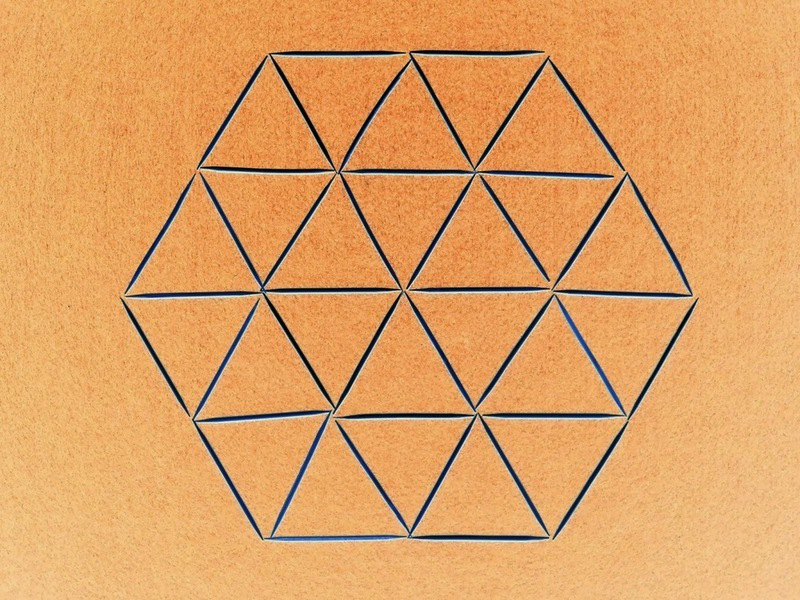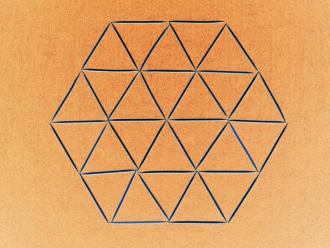How Many Regular Hexagons?
How many regular hexagons can you count in this image?Correct answers: 144
The first user who solved this task is Djordje Timotijevic.
#brainteasers #math #riddles

The owner of a drug store walk...
The owner of a drug store walks in to find a guy leaning heavily against a wall.
The owner asks the clerk, "What's with that guy over there by the wall?"
The clerk says, "Well, he came in here this morning to get something for his cough. I couldn't find the cough syrup, so I gave him an entire bottle of laxative."
The owner says, "You idiot! You can't treat a cough with a bottle of laxatives!"
The clerk says, "Of course, you can! Look at him; he's afraid to cough!"
The owner asks the clerk, "What's with that guy over there by the wall?"
The clerk says, "Well, he came in here this morning to get something for his cough. I couldn't find the cough syrup, so I gave him an entire bottle of laxative."
The owner says, "You idiot! You can't treat a cough with a bottle of laxatives!"
The clerk says, "Of course, you can! Look at him; he's afraid to cough!"

